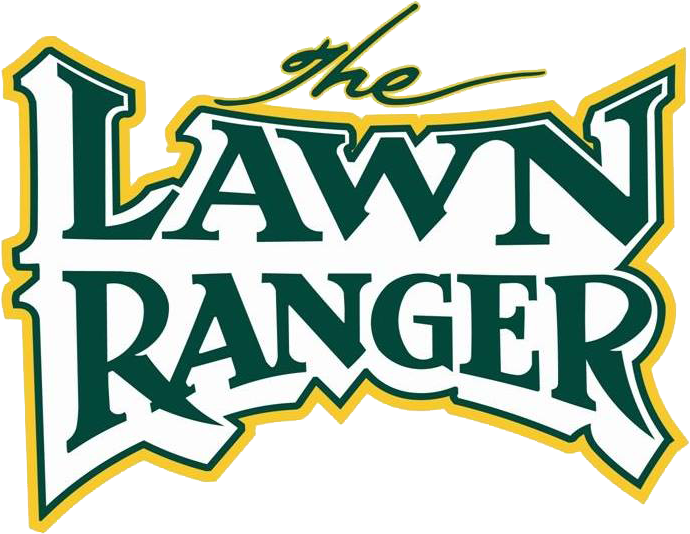Dollar Spot looks like hourglass-shaped, tan lesions on bentgrass leaf blades.
Temperatures between 60 and 85 degrees Fahrenheit, and long periods of leaf wetness from dew, rain, or sprinkler irrigation favor growth of this fungus. Prolonged wet foliage is a key factor. Growth of the Dollar Spot fungus is inhibited when temperatures exceed 90 degrees Fahrenheit. Spread of the pathogen to new areas occurs primarily by wind and water. Turfgrass growing under dry soil conditions is more susceptible when adequate soil moisture is provided.
The first symptoms of the disease appear as tiny yellow spots on individual grass blades. The tip of the affected leaf often remains green. The tan band, or lesion, is often narrower in width than the leaf, resulting in the lesion taking on an “hourglass” shape. The entire blade soon becomes bleached. As the grass dies, and the infected areas enlarge, light straw-colored spots, two to three inches in diameter, appear in the lawn. On low-cut turf, the spots are often well-defined and smaller than those on high-cut residential or commercial turf, and as the name implies, are about the size of a silver dollar.
Proper nitrogen fertility will greatly reduce the occurrence and severity of Dollar Spot.
Avoid overwatering and frequent late afternoon or evening irrigation which prolongs the time that the grass stays wet. This is especially true for mornings when heavy dew is likely.
You must still provide adequate soil moisture for continuous and optimal turf growth.

